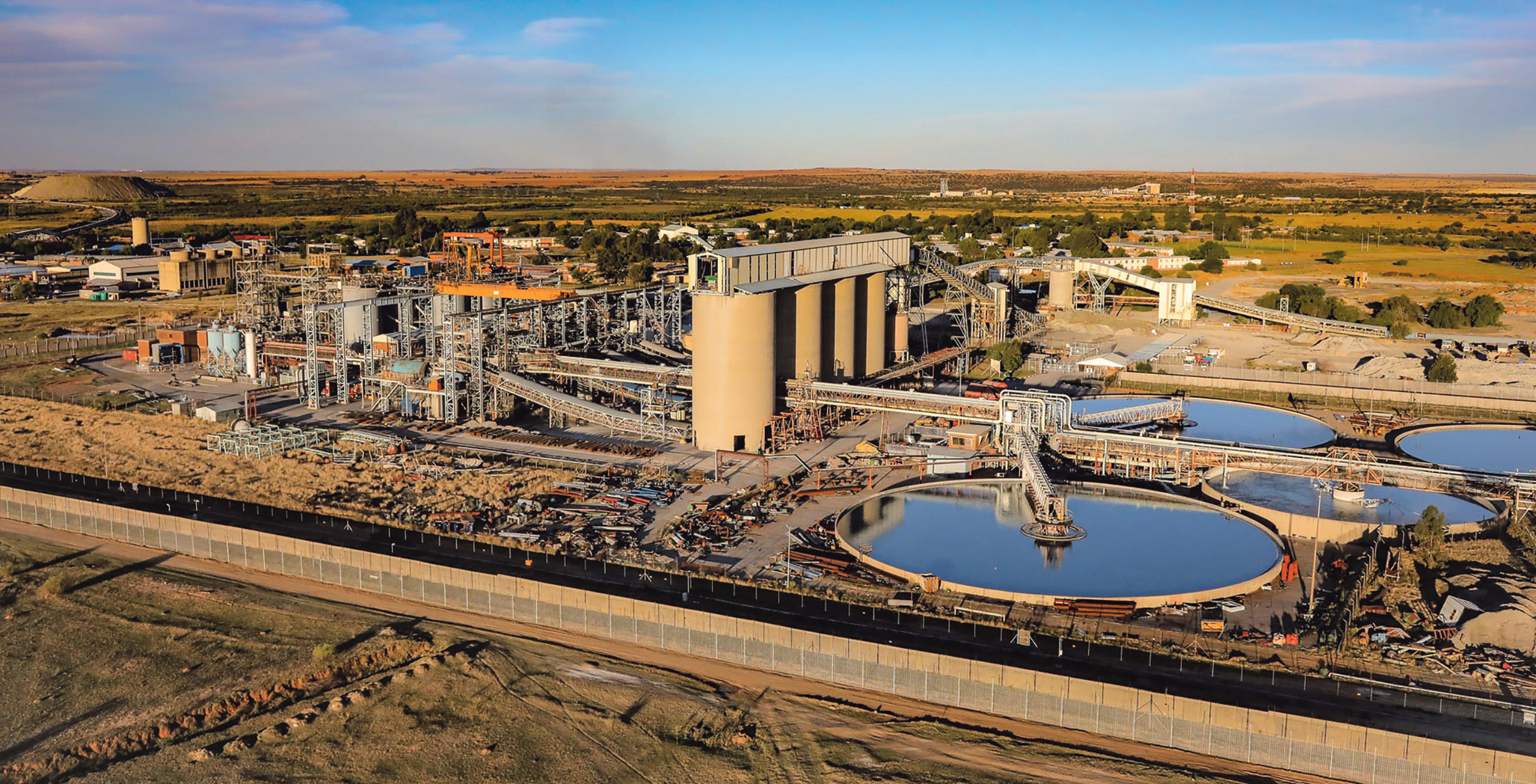Sibanye-Stillwater has come a long way since it started life in 2013 as a Gold Fields spin-off focused on conventional, deep-level gold mines in South Africa.
Under its deal-stalking CEO Neal Froneman, the company diversified at breakneck speed, first into platinum group metals (PGMs) and then into the battery metals that are regarded as critical to global decarbonisation efforts in the face of fossil fuel-powered climate change.
On 1 October, Richard Stewart – who previously headed the company’s southern African operations – took over as CEO, tasked with taking Sibanye on the next stage of its journey.
The two offer contrasts in style. The blunt-talking Froneman took over legacy gold assets that could spin cash without massive capital outlay, which translated into a dividend play. But the operations offered a limited time span and left Sibanye completely exposed to the ups and downs of the gold price. At the moment, gold seems to be going up and up, but that was not apparent more than a decade ago.
A deal-maker of note who clearly relished tracking down and bagging new assets, Froneman led Sibanye’s diversification drive.
The soft-spoken and unassuming Stewart – a PhD geologist – is taking the helm of a company with a sprawling global production base. And he wants to get the most from those assets, signalling at least a slowdown – but not necessarily an end – to the merger and acquisition (M&A) drive for the time being.
“Broadly speaking, where the company has been going is the right path. We want to align ourselves with critical minerals and decarbonisation, and that broad vision remains,” Stewart told Daily Maverick on the sidelines of the Joburg Indaba.
“But for the next two to three years we are going to be more focused on operational excellence. There are areas in the business that we can still optimise, so we want to focus on our core assets and bring them to their full potential.”
On that front, growth is focused on cultivating the garden of assets that Froneman grew, and dealing with any weeds that have sprouted.
“We have really good organic growth that comes at a low cost and we’re making sure that we take the right project up the pipeline. So in the short term it’s about getting back to basics,” Stewart said.
/file/dailymaverick/wp-content/uploads/2025/10/Dr-Richard-Stewart-e1739451814226.jpg)
This means in effect that Sibanye can grow its existing asset base at a cheaper cost than the M&A route at a time of generally sky-high valuations and in the process make its current stable more profitable.
Sibanye, for example, has an expansion project at its Marikana PGM mine – one of the many acquisitions made under Froneman that saved the asset, forever linked to the infamous 2012 massacre of 34 striking miners, from almost certain closure.
Stewart also said that on the research and development front, Sibanye was exploring the “catalytic properties of PGMs in terms of the energy transition” in areas such as hydrogen and biofuels.
Lithium is going through a rough patch at the moment, but Stewart said Sibanye remained committed to the metal over the long term because of its critical use in batteries for electrification.
Copper, on the other hand, is all the rage and Sibanye has some exposure to the metal as a byproduct and through its recycling operations. But Stewart said it was not high on Sibanye’s radar screen.
“The question for me is not if we want copper, but whether we can be competitive and actually add value,” Stewart said. He added that it didn’t “make sense” to him to try to compete with the major miners in this space at the moment.
Sibanye’s year-to-date share price is up about 220%, largely as a result of gold and a rebound in PGMs. But it is about 30% below its record peaks scaled in early 2022, when PGM prices were shooting the lights out.
Still, it’s not a bad time to step into the CEO role when the share price – and the price of the commodities that underpin it – is heading north.
And it is probably also not a bad time to get the most out of these assets before embarking on another buying spree at a time when there are not many fire sales out there. DM
This story first appeared in our weekly Daily Maverick 168 newspaper, which is available countrywide for R35.





 Sibanye’s Beatrix gold mining and processing operations near Welkom in the Free State. (Photo: Sibanyestillwater.com)
Sibanye’s Beatrix gold mining and processing operations near Welkom in the Free State. (Photo: Sibanyestillwater.com)